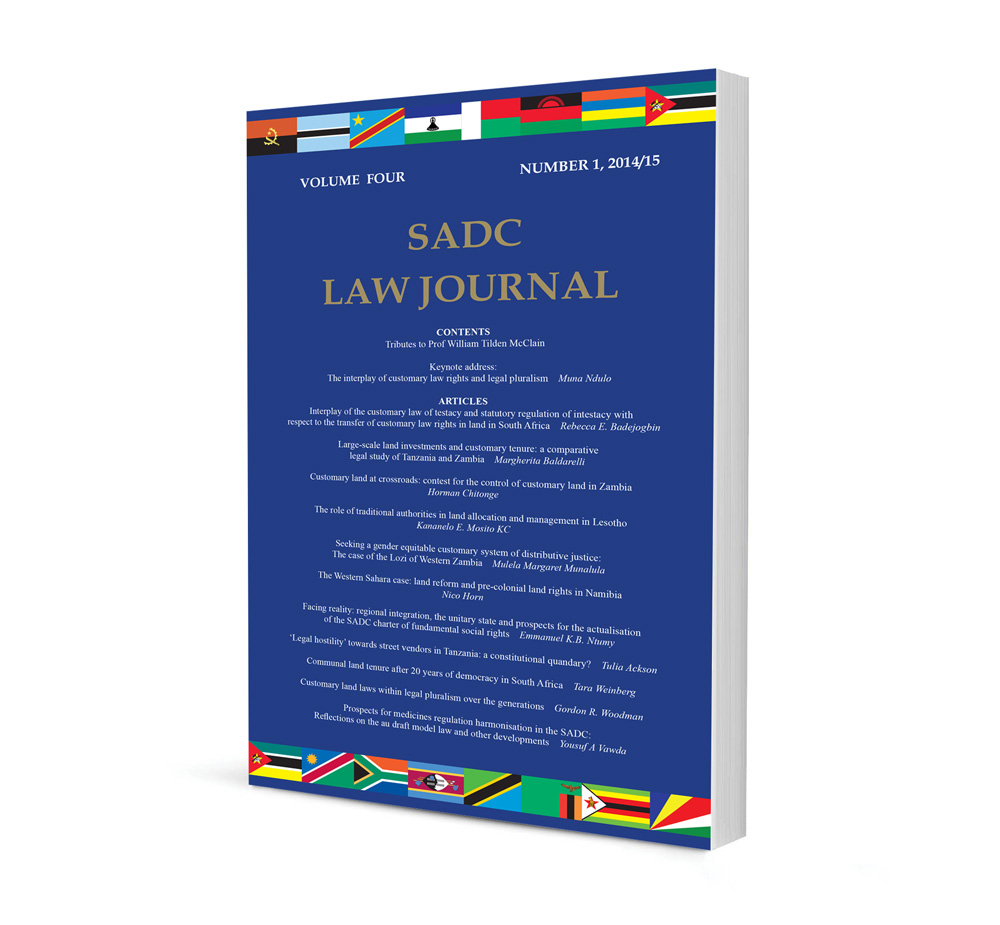The Western Sahara Case: Land Reform and Pre-Colonial Land Rights in Namibia

The Western Sahara Case: Land Reform and Pre-Colonial Land Rights in Namibia
Authors Dr. Nico Horn
ISSN: 2026-8556
Affiliations: Faculty of Law, University of Namibia
Source: SADC Law Journal, The, 2014/15, p. 96 – 109
Abstract
Article 16 of the Namibian Constitution guarantees the property rights of property owners at the time of independence. However, it does not refer to the long pre-independence practice of disowning indigenous people, a practice which began with the Herrero/Nama genocide during the German/Herero war in 1904. Recent developments in the Mabo case in Australia could give Namibians a tool to have indigenous land rights acknowledged despite the constitutional rights of the present land owners. One may ask what do the small Murray Islands, in the Torres Strait off the Queensland coast, have in common with Namibia? Unlike the bloody German/Herero and Nama wars, no shot was fired when Her Majesty’s administration in Queensland declared the Murray Islands a crown colony. Yet, the two peoples had a common history of submission to a colonial power; and although allowed to remain on their ancestral lands, they were not informed that they had been colonised. The Mabo case, a lawsuit brought by the Meriam people, was instrumental in abandoning one of the oldest justifications for the occupation of inhabited land, the so-called terra nullius rule. The example of the Mabo case provides an opportunity to approach the land reform programme in Namibia from a different perspective, at least in the central and southern regions of the country. The Namibian Constitution guarantees private property rights. The idea that more than one right can exist over land is not unknown to both common law and statutory law in Namibia. The paper will propose a process where several strategies are used to obtain the final goal: a just distribution of land to all the peoples of Namibia in a way that contributes to prosperity and stability.